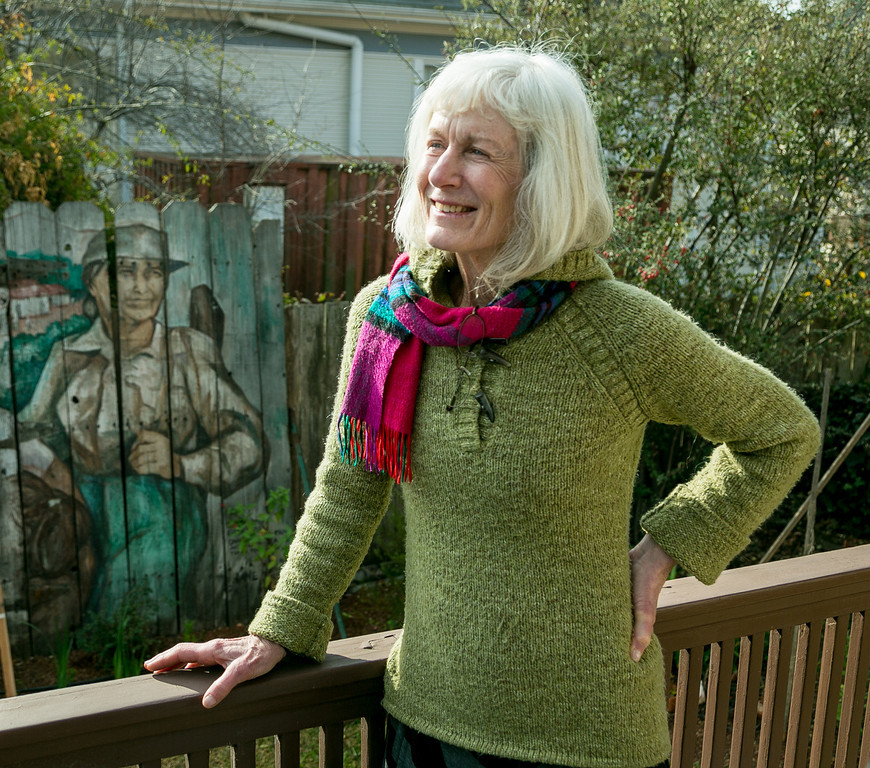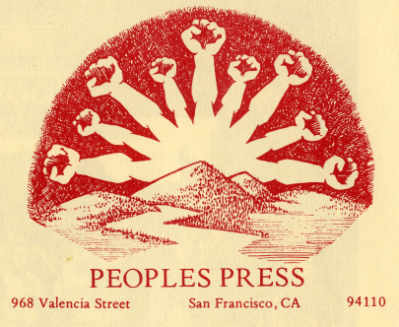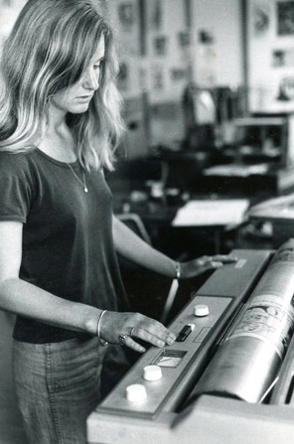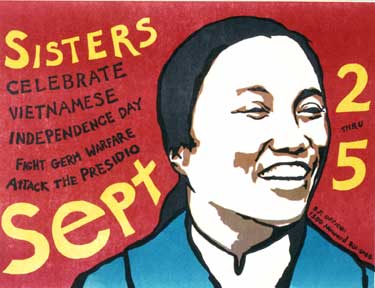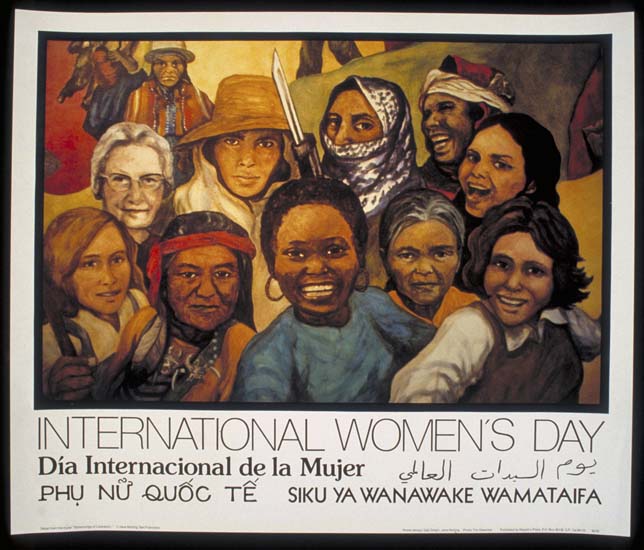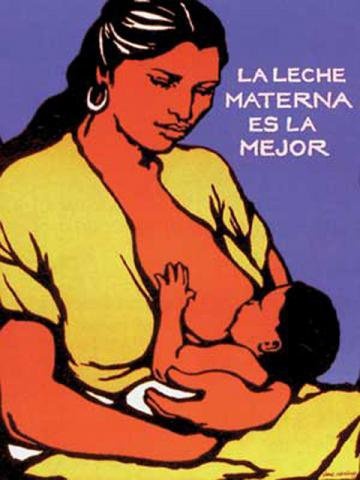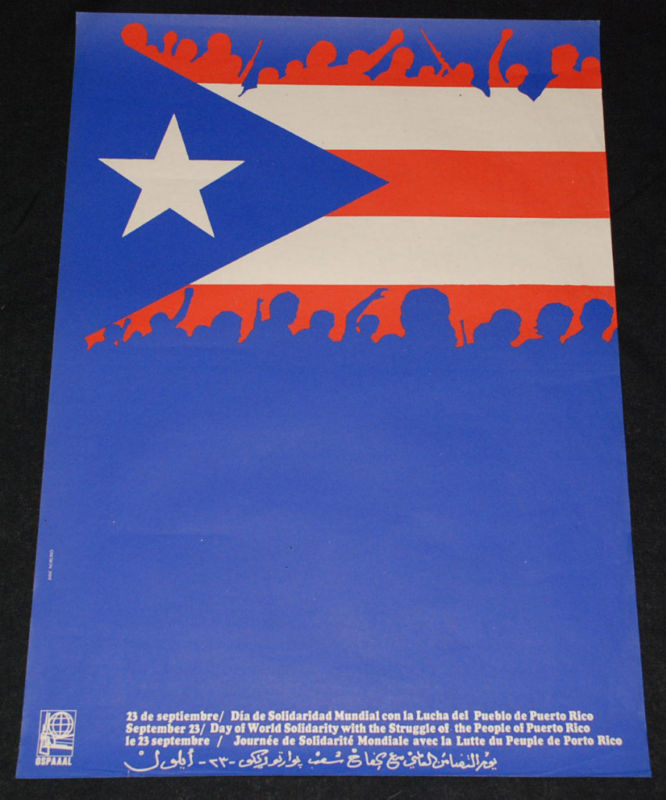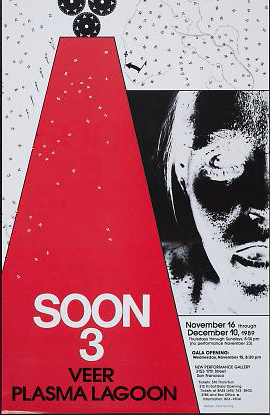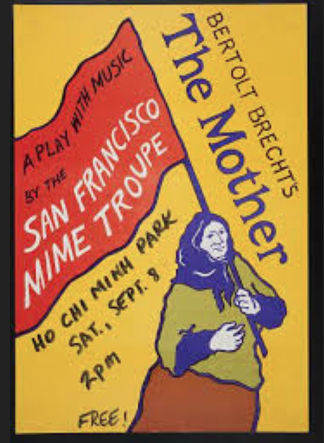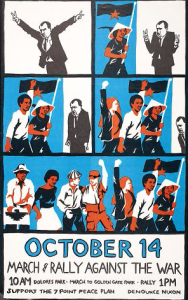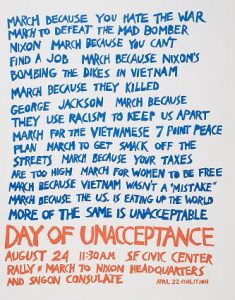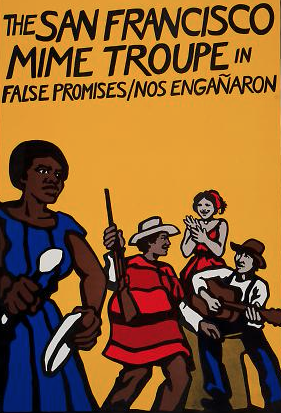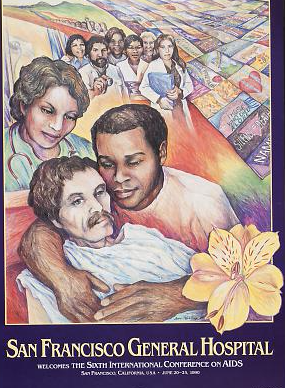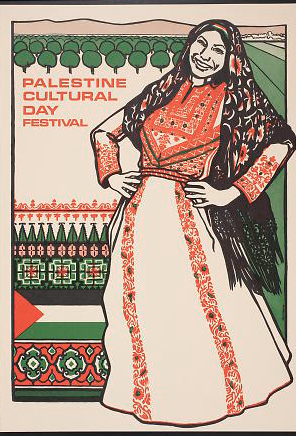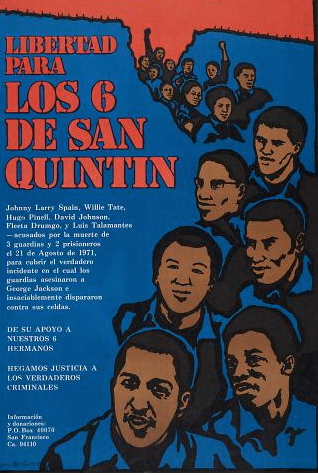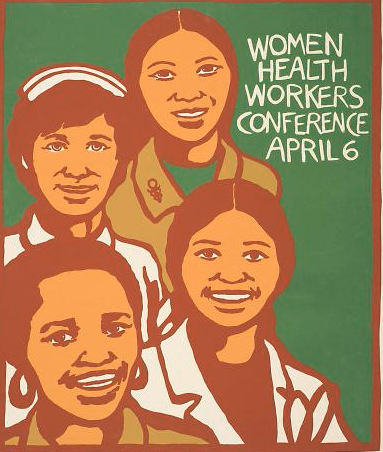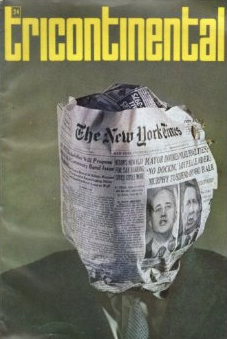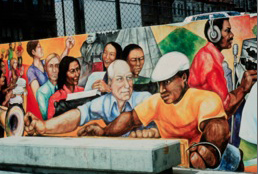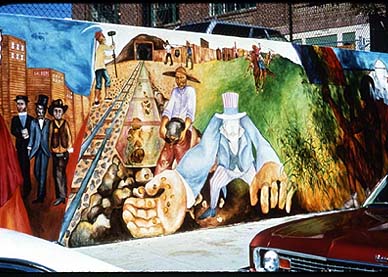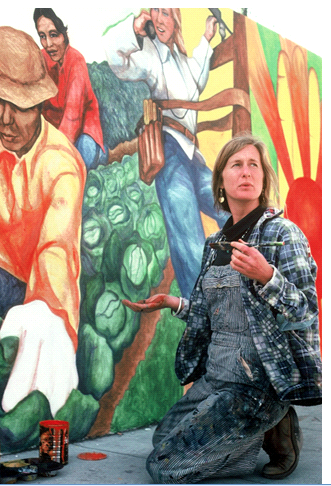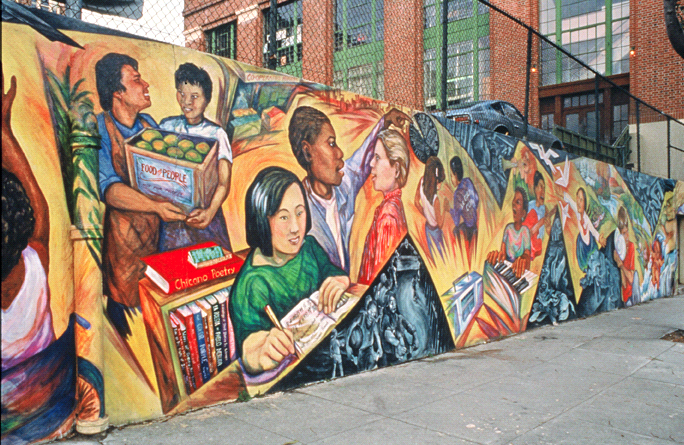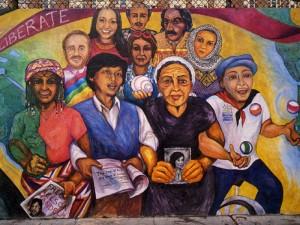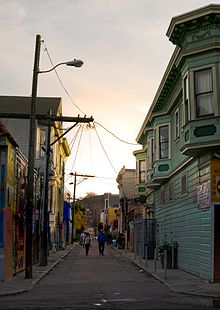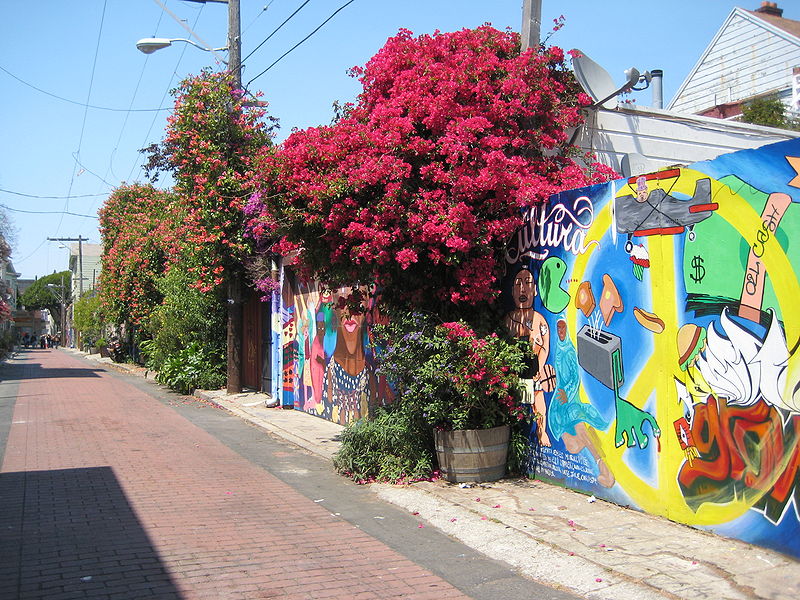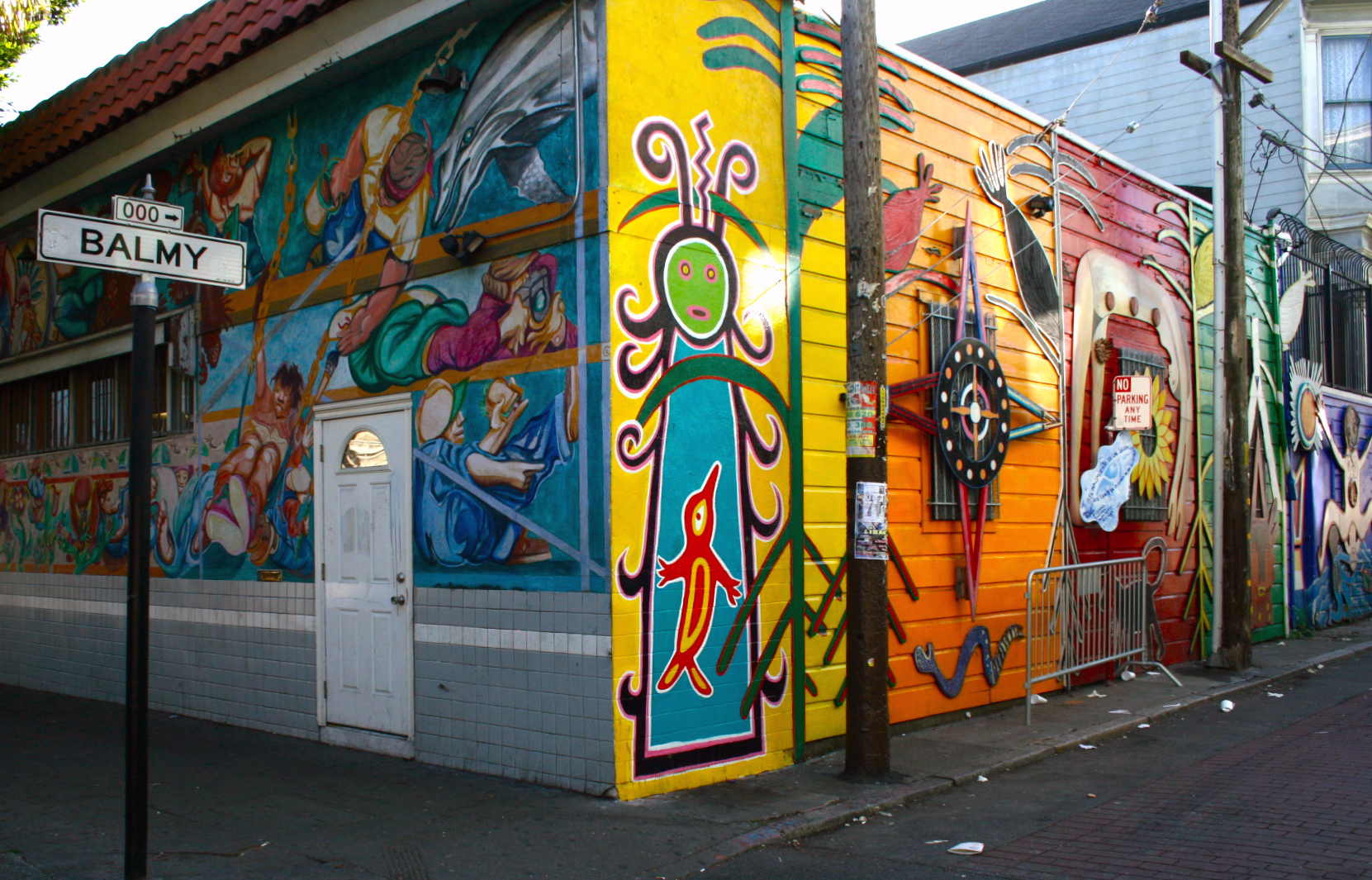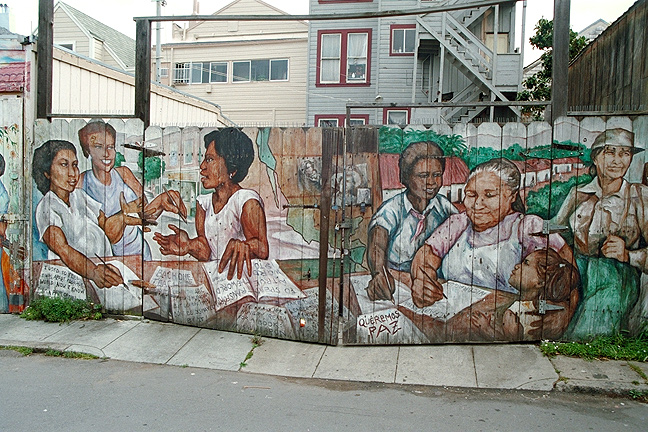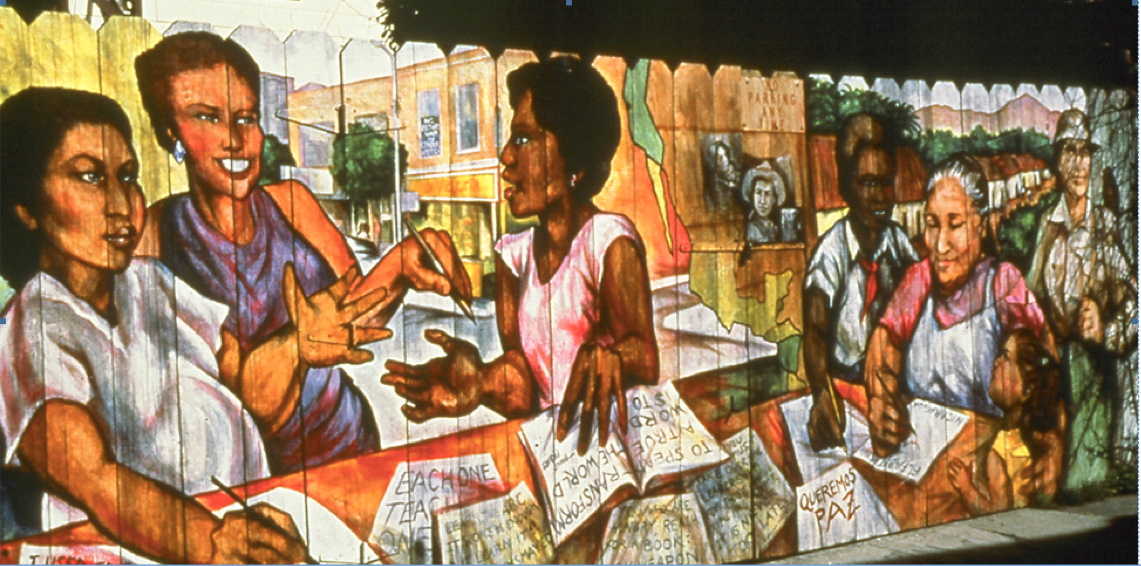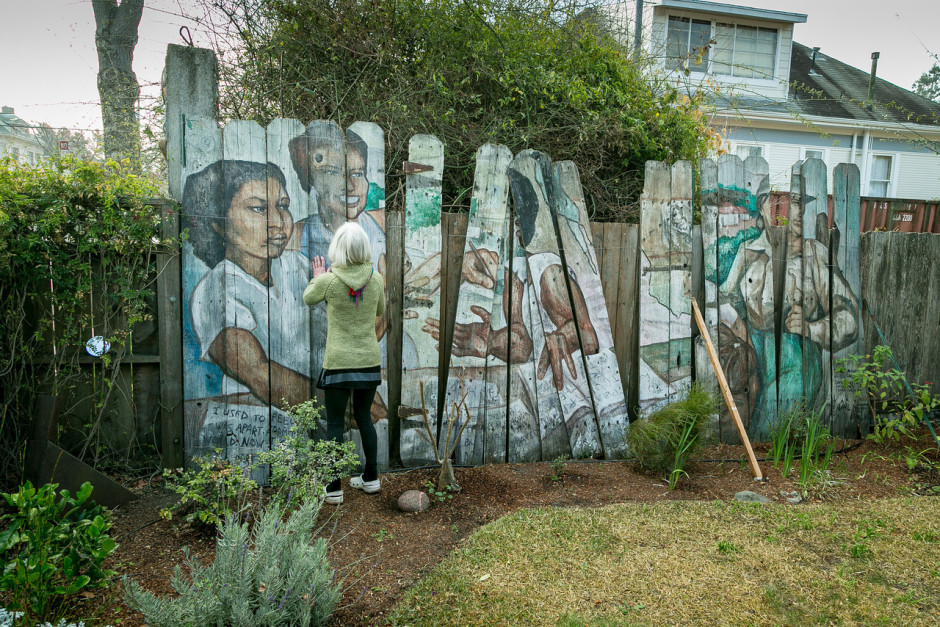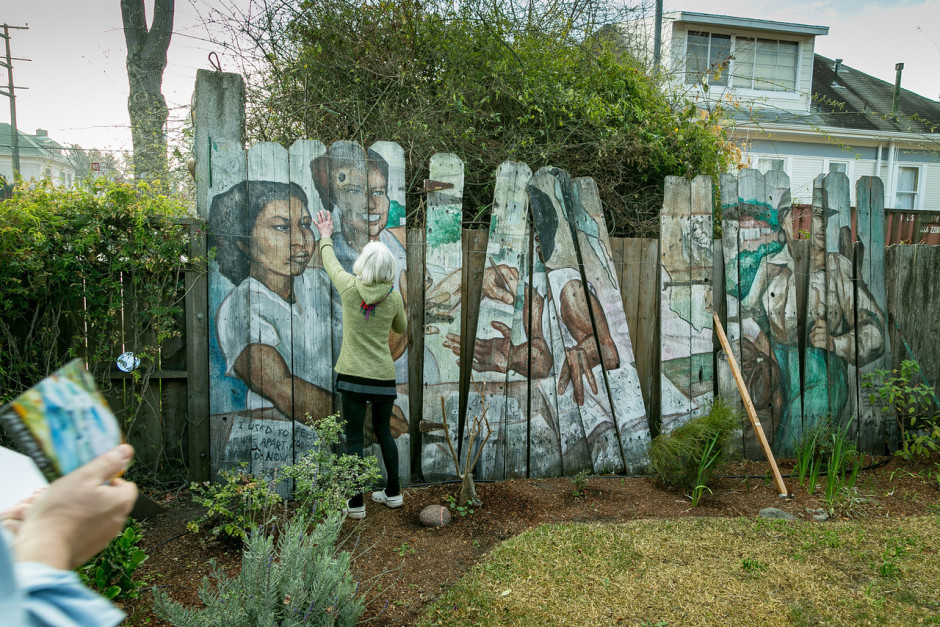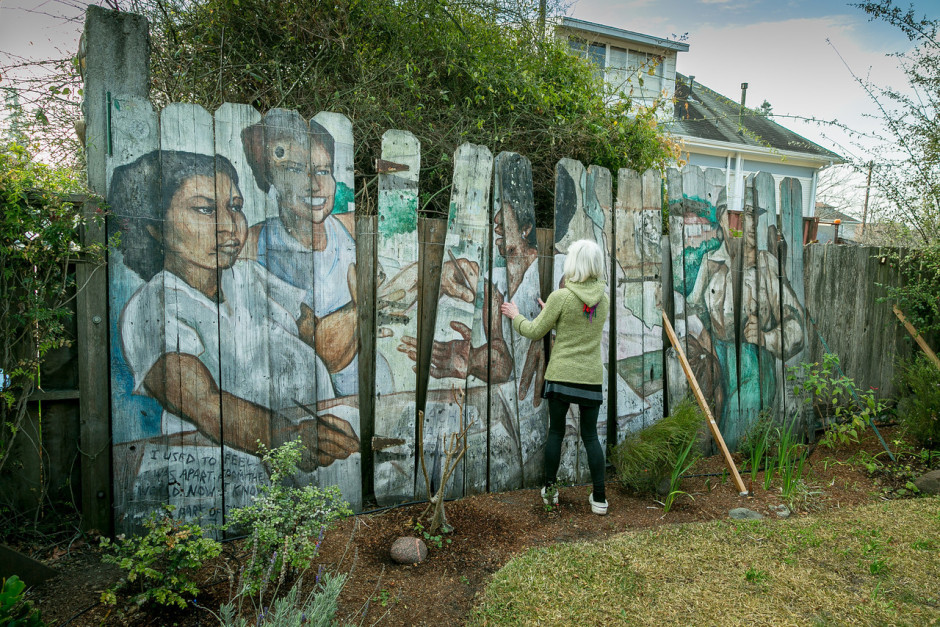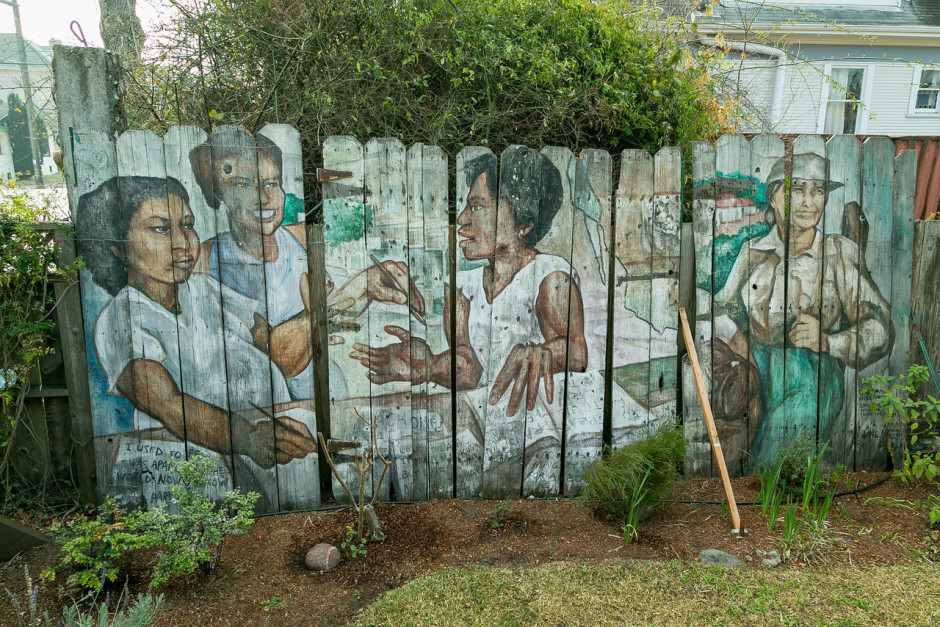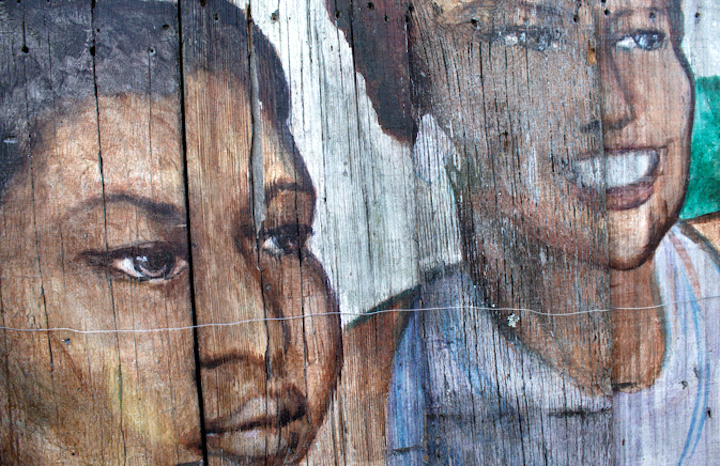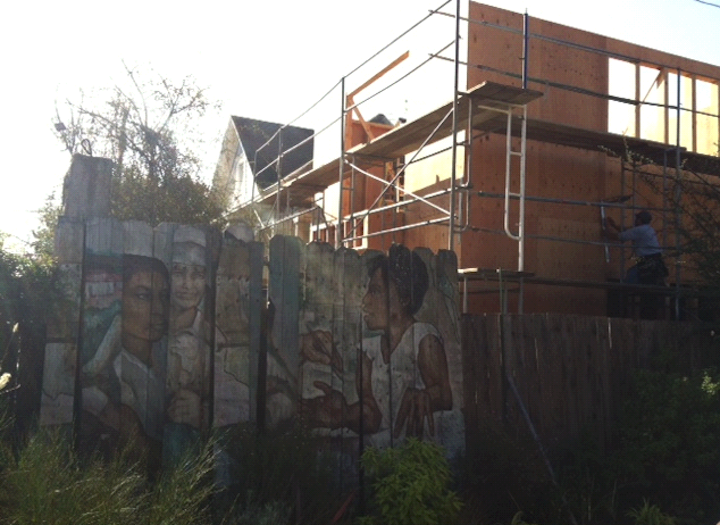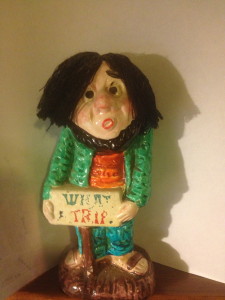Jane Norling’s mural that we can see over her gate on Martin Luther King Way was painted in the context of using art fo social justice.
She was a member of the People’s Press collective in San Francisco.
They designed, printed and published movement literature, community flyers, posters and small books.
Jane printed and designed. These are some of the posters that she designed, some at People’s Press, some at the San Francisco Art Commission Neighborhood Arts Print & Design Shop, some elsewhere:
People’s Press printed the North American edition of Tricontinental, a quarterly published by the Cuban-sponsoroed Organization for Solidarity with the Peoples of Asia, Afica, and Latin America (OSPAAAL). It was the “theoretical organ” of the Executive Secretariat of OSPAAAL.
People’s Press eidted and published the North American edition. Norling worked for the OSPAAAL design department in Havana for several months. One poster that she designed there went to international distribution.
She was an early member of the Haight Ashbury muralists (a component of Haight Ashbury Arts Workshop) and helped create the 1976 mural “Our History is No Mystery.”
It was painted on the wall of John Adams Community College at Masonic and Hayes in San Francisco. Here is a good video about the making of the mural. In 1988, the Haight Ashbury muralists created “Educate to Liberate” at the same location.
It was renovated in 2006 and requires periodic removal of anti-immigrant graffiti near the corner section.
The Norling mural that can be seen over the fence on Martin Luther King Way was originally painted in 1984 as part of the Balmy Alley Mural Project in San Francisco.
Artists painted murals along the alley, celebrating indigenous Central American cultures and protesting US intervention in Central America. At the time, President Reagan was supporting corrupt and brutal counter-revolutionaries in Nicaragua, the ruthless Duarte junta in El Salvador, and the scorched-earth military dictatorship of General Efrain Garcia in Guatamala.
Among the murals on Balmy Alley was Norling’s Darles Armas y Tambien Ensenarles a Leer (“Give them arms, but also teach them to read”), a celebration of the literacy campaign that had been undertaken by the Santinista government in Nicaragua:
Eventually the Balmy Alley landlord took down the fence, and Norling was able to rescue her mural, plank by plank and bring it to her home in Berkeley. She and her son washed and clear-coated the painted boards. Once removed from its original context, she saw no need to keep up the painting. “I have enjoyed watching it go the way of time. From where I sit at my computer, i see my faovirte figure, painted from a photograph by Margaret Randall of a Sandinista brigadista. The painting is part of our local enivornment in Bereley.”
She has it loosely installed in her Berkeley yard, leaning against a fence, lightly secured by horizontal wires. When I went by her house to photograph the mural properly, the fence was in disarray on account of strong winds the night before. Jane straightened it out, plank by plank.
She finished straightening it up:
In the spring of 2014, Norling made a phtographic series of close-up images of the boards, examining the faded paint on ridged weathered board. Each board has weathered differently. Here is one of Norling’s close-up photos:
In February 2015 Jane sent me a photo update of the mural. She had temporarily moved part of the mural to the front of the yard in light of construction next door.
My friend looked at these photos and pulled out a photo.
I didn’t get what he was getting at. “Dude – sometimes the whole story ruins the story you knew. Like Ewok dude here. But sometimes the whole story makes the story you knew better. I dig this story about Jane.” What about the photos?


